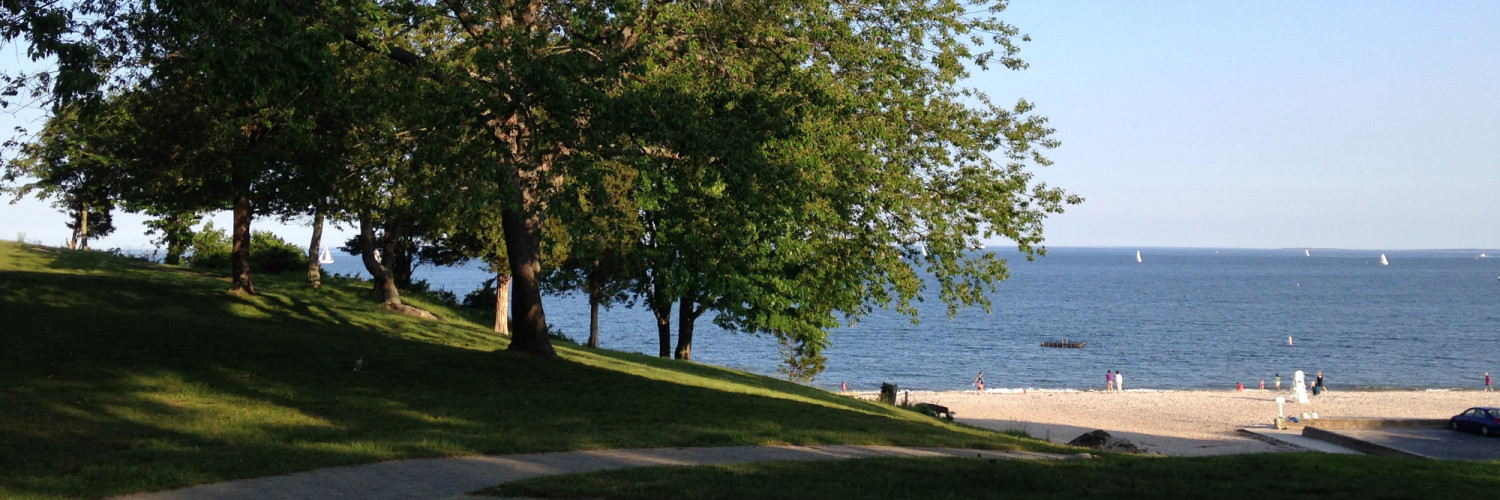 East Lyme does not collect grass or grass clippings at the curbside and the Transfer Station does not accept grass clippings.
East Lyme does not collect grass or grass clippings at the curbside and the Transfer Station does not accept grass clippings.
You can have a healthy green lawn by leaving grass clipping where they fall. Grass clipping left on the lawn will decompose and act as a natural organic fertilizer. In addition, grass clippings can be used in composting piles/containers, as mulch, or incorporated into garden soil.
According to the U.S. Environmental Protection AgencyGrasscycling is a simple method for recycling your yard waste. If you mow your lawn so that grass is never more than 2 to 3 inches tall, leave the grass clippings where they fall and allow them to decompose. To foster healthy grass, do not cut more than one-third of the blade, and no more than one-inch total. The clippings return nutrients to your yard, and you do not have to spend time and money bagging or hauling them away. One study showed that by not bagging clippings mowing took about 38 percent less time.
Contrary to the popular belief, grass clippings do not cause thatch. Thatch is actually a layer of organic material made up of grass roots, not mown grass blades. Grass roots contain lignin, a substance that decomposes very slowly and causes thatch. Grass clippings are about 90 percent water, so they decompose very quickly.
The CT Department of Energy and Environment Protection provides literature and a video that discuss the concepts, techniques, and benefits of Grasscycling; refer to the links below:
Don’t Trash Grass brochure
Don’t Trash Grass – A 12 Minute Basic How-to Video

